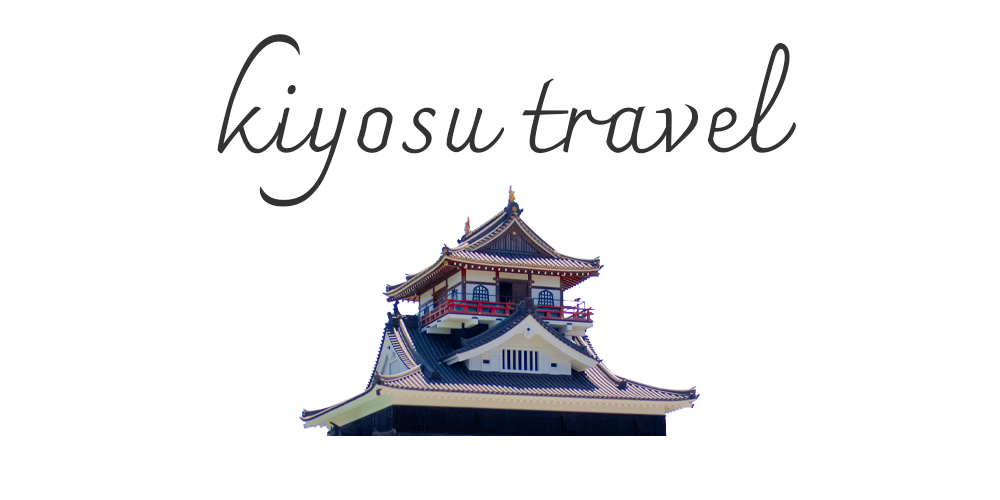今の季節に人気の観光地Popular tourist destinations for this season
Nagoya Castle
●What is Nagoya Castle?
Nagoya Castle, constructed in 1609 by Tokugawa Ieyasu, was built as a key stronghold for unifying the nation. Once the residence of the Owari branch of the Tokugawa family, the castle became a political and cultural hub of the region. The main keep, crowned by the iconic golden Shachihoko—mythical tiger-fish roof ornaments—was believed to protect the castle from fire and disasters. Although the castle was destroyed during World War II, its Honmaru Palace has been meticulously reconstructed, showcasing splendid wall paintings and authentic Edo-period craftsmanship.

A Golden Castle, 400 Years of History Await.
Present-day Nagoya Castle
Each spring, over a thousand cherry trees bloom around the castle grounds, attracting crowds for the famous cherry blossom festival. Inside, visitors can explore historical exhibits, try on samurai armor, or learn about traditional crafts. The surrounding gardens and tea houses offer peaceful spots to enjoy matcha tea and Japanese sweets while taking in views of the historic structures. Combining centuries of history with modern restoration, Nagoya Castle remains a must-visit destination for anyone wanting to experience the spirit of Nagoya’s heritage.

Access
Nagoya Castle is easily accessible from Nagoya Station. By subway, take the Higashiyama Line to Sakae Station (about 5 minutes), then transfer to the Meijo Line (clockwise) and get off at Shiyakusho Station. From Exit 7, it’s about a 5-minute walk to the castle. By taxi, it takes around 15 minutes from Nagoya Station. You can also take the local bus or the “Meguru” sightseeing loop bus, which conveniently connects major attractions in the city.
Atsuta Shrine
●History
Atsuta Shrine is one of Nagoya’s most revered Shinto shrines, with a history spanning over 1,900 years. It enshrines the sacred Kusanagi-no-Tsurugi, one of Japan’s legendary Imperial Regalia, making it second only to Ise Shrine in historical importance. Throughout the centuries, Atsuta Shrine has been worshipped by samurai warriors and common people alike. The spacious grounds are home to ancient sacred trees, serene walking paths, and numerous auxiliary shrines dedicated to various deities offering blessings for safe travels, good fortune, and warding off evil. The main hall exudes a tranquil, spiritual atmosphere, inviting visitors to pause and reflect. The Atsuta Treasure Hall exhibits valuable artifacts such as swords and historical documents.

●deities
Each season brings a unique beauty to the shrine, from cherry blossoms in spring to lush greenery and autumn foliage. Numerous traditional festivals and rituals are held throughout the year, attracting millions of visitors, especially during the New Year. A walk through Atsuta Shrine is a peaceful way to connect with Japan’s ancient myths and spiritual heritage.

Access
Atsuta Shrine is easily accessible from Nagoya Station. By subway, take the Meijo Line to Kanayama Station, then transfer to the Meitetsu Line and get off at Jingū-mae Station (about 5 minutes). From there, it’s a short 3-minute walk to the shrine. By JR, take the Tokaido Main Line from Nagoya Station to Atsuta Station (about 10 minutes) and walk about 8 minutes to reach the shrine. By taxi, it takes around 20 minutes from Nagoya Station. The “Meguru” sightseeing loop bus is also a convenient option.
Ōsu Kannon
summary
Ōsu Kannon is a well-known Buddhist temple in Nagoya, belonging to the Shingon sect and loved by locals for centuries. The temple’s main deity, the Kannon Bodhisattva, is believed to grant protection from misfortune and success in studies. On the 18th and 28th of each month, a lively antique market takes place in the temple grounds, creating a nostalgic atmosphere. Surrounding the temple is Ōsu Shopping District, home to over 1,200 unique shops, making it one of Nagoya’s most vibrant neighborhoods. From vintage clothing stores and electronics shops to quirky goods, cosplay stores, cafes, and street food stalls, Ōsu attracts young people and tourists alike. The area is especially popular for street food, offering tasty bites like karaage (fried chicken), takoyaki, and taiyaki. The colorful signs, retro alleys, and friendly shop owners make wandering here an adventure full of surprises. Blending a historical temple with modern pop culture, Ōsu is a must-visit spot for experiencing the true charm of Nagoya.
●Facility Information
Ōsu Kannon and the Ōsu Shopping District are easy to reach from Nagoya Station. By subway, take the Higashiyama Line to Fushimi Station (about 3 minutes) and transfer to the Tsurumai Line to Ōsu Kannon Station. From Exit 2, the temple is just a short walk away. Alternatively, you can reach the shopping streets from Kamimaezu Station on the Meijo Line — about a 5-minute walk. By taxi, it takes about 15 minutes from Nagoya Station.



